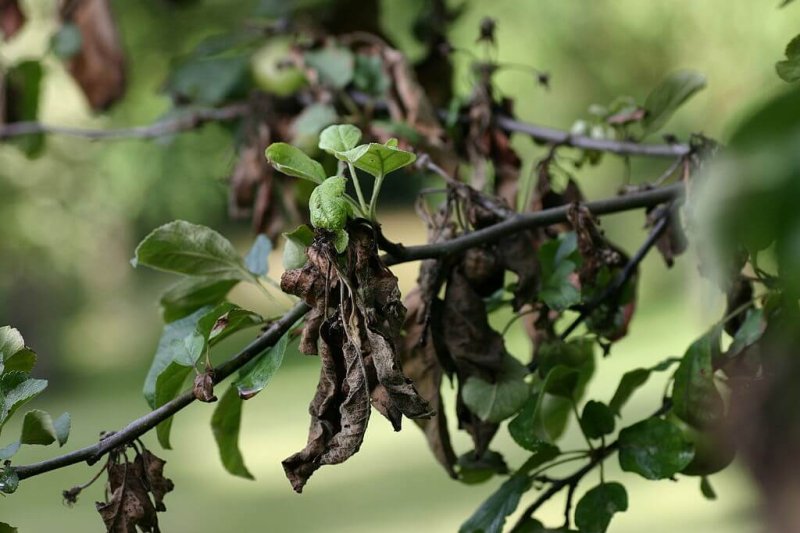The bacterium Erwinia amylovora, the causal agent of fire blight disease in apple, triggers its infection through the DspA/E effector which interacts with the apple susceptibility protein MdDIPM4. In this work, an MdDIPM4 knock‐out has been produced in two Malus x domestica susceptible cultivars using the CRISPR/Cas9 system delivered via Agrobacterium tumefaciens. Fifty‐seven transgenic lines were screened to identify CRISPR/Cas9‐induced mutations. An editing efficiency of 75% was obtained. Seven edited lines with a loss‐of‐function mutation were inoculated with the pathogen. Highly significant reduction of susceptibility was observed compared to control plants. Sequencing of 5 potential off‐target sites revealed no mutation event.
Moreover, our construct contained a heat shock‐inducible FLP/FRT recombination system designed specifically to remove the T‐DNA harboring expression cassettes for CRISPR/Cas9, marker gene and FLP itself. Six plant lines with reduced susceptibility to the pathogen were heat‐treated and screened by real‐time PCR to quantify the exogenous DNA elimination. The T‐DNA removal was further validated by sequencing in one plant line. To our knowledge, this work demonstrates for the first time the development and application of a CRISPR/Cas9‐FLP/FRT gene editing system for the production of edited apple plants carrying a minimal trace of exogenous DNA.
Read full, original article: Reduced fire blight susceptibility in apple cultivars using a high‐efficiency CRISPR/Cas9‐FLP/FRT‐based gene editing system (Behind Paywall)































